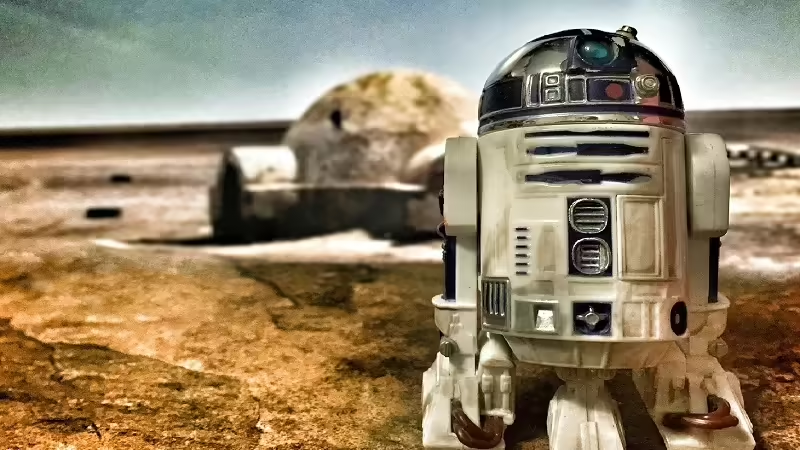Francisco de Almeida (Lisbon, Portugal, 1450 – Table Bay, 1 March 1510). Also known as Don Francisco the Great, he is a Noble, military leader and explorer of Portuguese origin, who in his early life became trusted advisor to King John II of Portugal.
He also stood out for his important action against the Muslims, in the conquest of Granada, propelled, in 1492, by the Catholic Monarchs.
As an explorer, he managed to lead his crew to India, where he dealt heavy and decisive blows to Muslim ports, thus establishing important Portuguese strongholds on the Asian continent. He is also historically remembered for being the First Viceroy of Portugal in India, and Alfonso de Albuquerque’s predecessor.
Early life
Francisco de Almeida was born in 1450, in Lisbon, becoming one of the sons of the First Count of Abrantes, Lopo de Almeida and his wife Beatriz da Silva. According to his social and economic position, he was raised in the court of King Alfonso V of Portugal. He also joined the army at a very young age, where he demonstrated his bravery and talent for martial arts.
In 1476 he had an important participation in the Battle of Toro, of the War of the Castellana Succession. Likewise, in 1492, he served the Catholic Monarchs of Spain, during the campaign against the Muslim forces for the conquest of Granada. He also became confidant and adviser to King Joao II of Portugal.
Heading for Africa and Asia
When Francisco de Almeida had arrived at the age of fifty. King Manuel I of Portugal called Francisco de Almeida to send him to the Portuguese colonies in India, to replace Tristao da Cunha, who had gone blind.
With the mission of conquering control of the species trade and establishing Portuguese fortresses on the African and Indian coasts, on March 25, 1505, Francisco de Almeida,sailed from the port of Belém, in Lisbon, commanding a fleet of twenty-two boats, composed of six caravels and fourteen ratchets.
Invested with the title of First Portuguese Viceroy of India, and in the company of his son Loureno de Almeida and his twenty-one captains, he then headed towards the Cape of Good Hope, and then ventured into African waters, passed Sofala and Mozambique, following towards the North.
On 23 July 1505 he arrived in Quiloa, Kilwa, where he managed to take the fort of this city of four thousand inhabitants. He swore as King to Mohamed Anconij, established a Portuguese fortress there, appointing P. Ferreira and some eighty men as his custodians, and continued his course.
Portuguese Viceroy in India
A month later, he arrived at Mombasa. With the support of Sultan Malinde, the strong enemy of this population, the Portuguese managed to plunder and burn the city. Likewise, a few days later, one of his captains, Joao Homere managed to take control of the island of Zanzibar, thus claiming it for the kingdom of Portugal.
In this way, Almeida continued on his way to Asia. On 13 September 1505 he arrived on Anjadio Island, located on the Asian coast off Canacona,located in Goa, India, right at the point where the Kali River flows. In this land, Almeida quickly raised Fort Anjediva.
Likewise, in October, he began the construction of Fort San Angelo, located in Cannanore, for which he appointed Lorenzo de Brito as custodian, leaving him for his task two boats and about one hundred and fifty men of support.
Towards the end of October, Almeida finally arrived in Cochin (the first European settlement in India, which had been founded by Pedro Alvares Cabral in 1502). Upon his arrival, he received news of the murder of Portuguese merchants in Quilon.
Almeida then decided to send his son Loureno de Almeida, commanded by six ships, while he settled in Cochin, in order to improve and secure the fortress of Manuel de Cochin. However, the onslaught of the Indian kings was not expected.
In 1506, the men of Almeida, under the command of their son Loureno, managed to defeat the forces of the Calicut zamorin in the midst of the Battle of Cannanore. This led to the Portuguese’s incursion into coastal waters south of Colombo, in present-day Sri Lanka. In 1507, the fleet of Almeida was reinforced by the men of Tristao da Cunha.
In 1508, Alemida faced the tragedy of the death of his son, who lost his life in the midst of the Battle of Chaul, when a fleet composed of the Mamluks, Egyptians and men of the sultanate of Grujarat attacked the Portuguese.
Final years
Towards the end of 1508, Francisco de Albuquerque arrived in Cannanore, with the order to replace Almeida.This Viceroy, who had become, as historians point, a hostile and vengeful man, following the death of his son, disknown the King’s order and imprisoned Albuquerque.
In early 1509 he set sail for Bombay in search of revenge. On 3 February of that year, under the command of twenty-three vessels and with the support of the republics of Venice and Ragusa, he succeeded in defeating a joint fleet of the Egyptian Mamluk sultanate of Burjo,the Zamorin of Kolkata, the Ottoman Empire and the Sultan of Gujarat.
With this triumph, Francisco de Almeida managed to expel the Ottomans and the Egyptians from the Indian Ocean for at least a century. Liberated Albuquerque and replaced as Viceroy, Almeida made his way to Cananor, from where he left for Portugal on 1 December 1509. He arrived, towards the end of February 1510, to Table Bay, near the Cape of Good Hope.
However, a dispute with the Khoikhoi caused a battle where Francismo de Almeida and his sixty-four men of his crew lost their lives. His remains were graveler in Cape Town.
Image source: datuopinion.com








